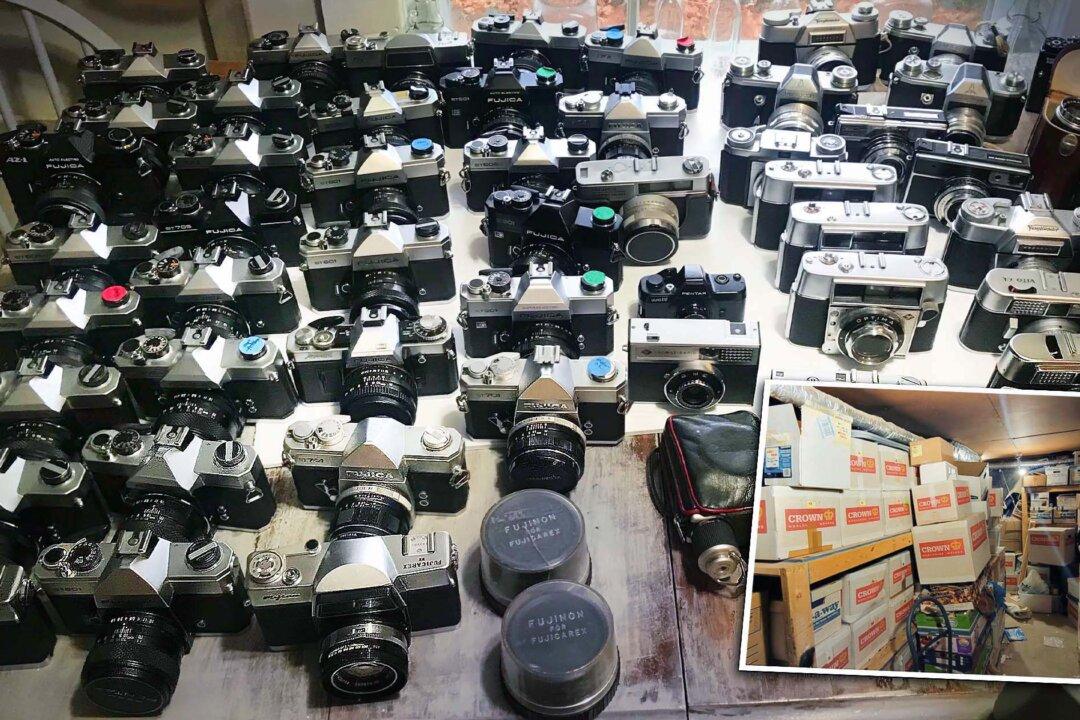Focus
cameras
A Post-COVID Push for Cameras in Classrooms Garners Mixed Reactions
Despite the possible benefits of cameras in the classroom, some schools have been forced to axe their plans due to fierce opposition.
|
Camera Prototype Is Thinner Than a Dime
A patented prototype called FlatCam is little more than a thin sensor chip with a mask that replaces lenses in a traditional camera.
|
Jordan, Israel Expect to Stream Holy Site Footage
Israeli and Jordanian officials said Tuesday that new surveillance cameras should be installed within days at the walled Jerusalem shrine at the epicenter of Israeli-Palestinian violence
|
This Cheap Camera Gets Under the Skin
Computer scientists and electrical engineers have developed an affordable hyperspectral camera that uses both visible and invisible near-infrared light to “see” beneath surfaces and capture unseen details.
|
Snap: Smartphones Give Dedicated Digital Cameras a Run for Their Money
Apple’s recent offering of new tech toys includes the latest iPhone – available in stores from Friday – and it boasts some mighty camera power.
|
How to Build Millions of Tiny Microscopes All at Once
A new optical device made of silicon “nanopillars” could lead to advanced microscopes, displays, sensors, and cameras that can be mass-produced using the same techniques used to manufacture computer microchips.
|
A Post-COVID Push for Cameras in Classrooms Garners Mixed Reactions
Despite the possible benefits of cameras in the classroom, some schools have been forced to axe their plans due to fierce opposition.
|
Camera Prototype Is Thinner Than a Dime
A patented prototype called FlatCam is little more than a thin sensor chip with a mask that replaces lenses in a traditional camera.
|
Jordan, Israel Expect to Stream Holy Site Footage
Israeli and Jordanian officials said Tuesday that new surveillance cameras should be installed within days at the walled Jerusalem shrine at the epicenter of Israeli-Palestinian violence
|
This Cheap Camera Gets Under the Skin
Computer scientists and electrical engineers have developed an affordable hyperspectral camera that uses both visible and invisible near-infrared light to “see” beneath surfaces and capture unseen details.
|
Snap: Smartphones Give Dedicated Digital Cameras a Run for Their Money
Apple’s recent offering of new tech toys includes the latest iPhone – available in stores from Friday – and it boasts some mighty camera power.
|
How to Build Millions of Tiny Microscopes All at Once
A new optical device made of silicon “nanopillars” could lead to advanced microscopes, displays, sensors, and cameras that can be mass-produced using the same techniques used to manufacture computer microchips.
|

























